Optimal Timing for Siding Installation
Timing for siding service depends on climate conditions and project scope. Optimal periods typically include mild weather seasons to ensure proper installation and curing. Understanding seasonal patterns can help maximize durability and appearance.
Spring offers moderate temperatures and low humidity, ideal for siding installation or repairs. It allows for thorough work without the interruption of extreme weather.
Summer provides longer daylight hours, but high temperatures and humidity can affect siding materials and installation quality. Early summer is preferred for best results.
Fall's cooler temperatures and dry weather make it a popular time for siding projects. It provides ample time for curing before winter.
Winter poses challenges such as cold temperatures and potential snowfall, which can delay siding work and impact material performance.

Spring is ideal for siding projects due to stable weather conditions.
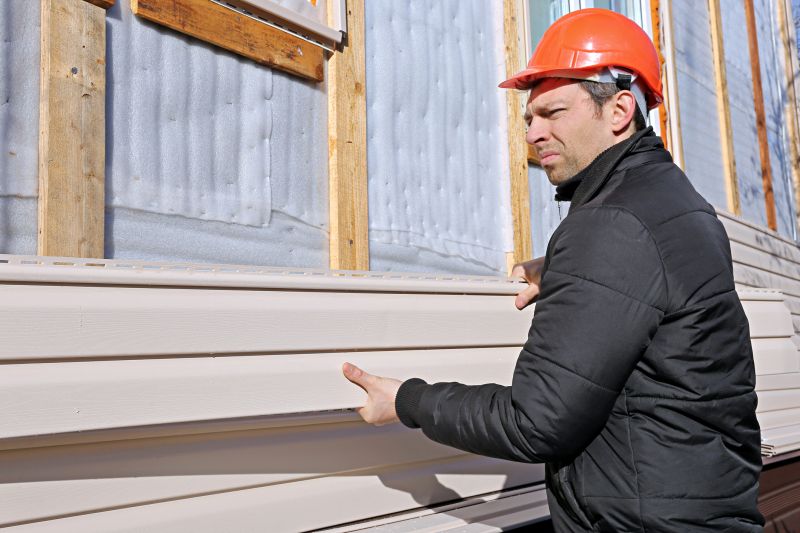
Summer offers longer days for completing siding work efficiently.

Fall provides optimal weather for preparing homes for winter.
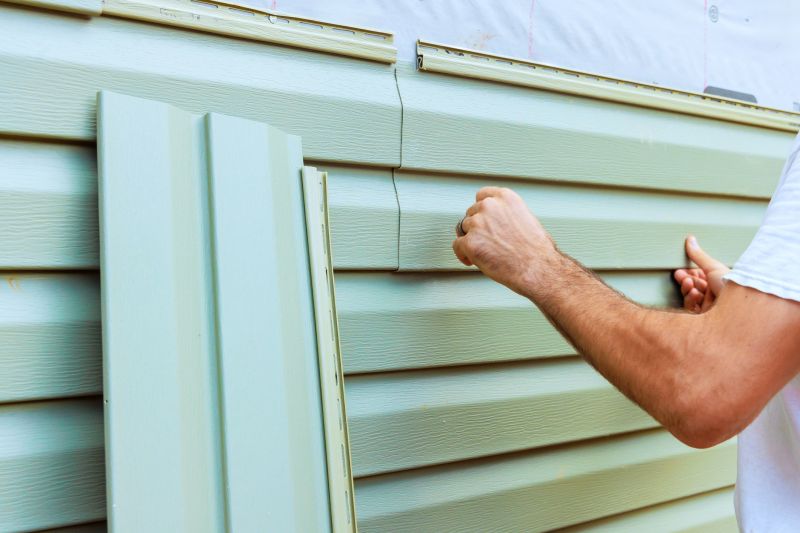
Ways to make Siding Service work in tight or awkward layouts.
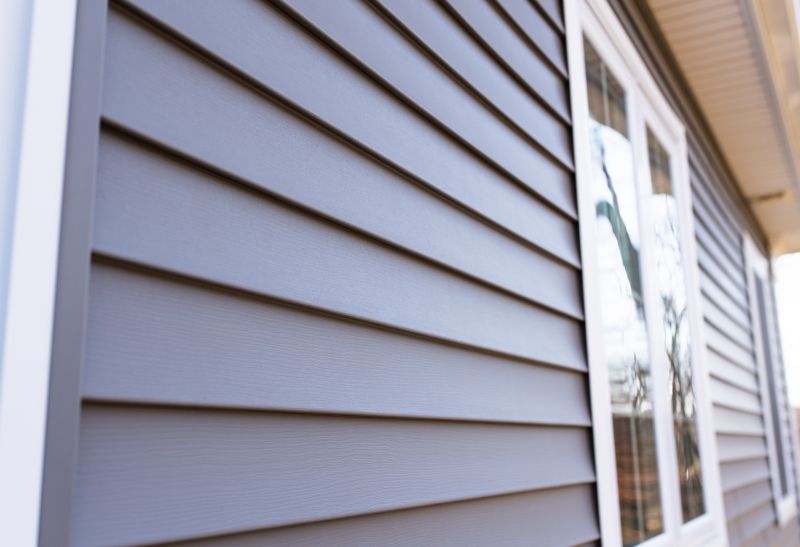
Popular materials for Siding Service and why they hold up over time.
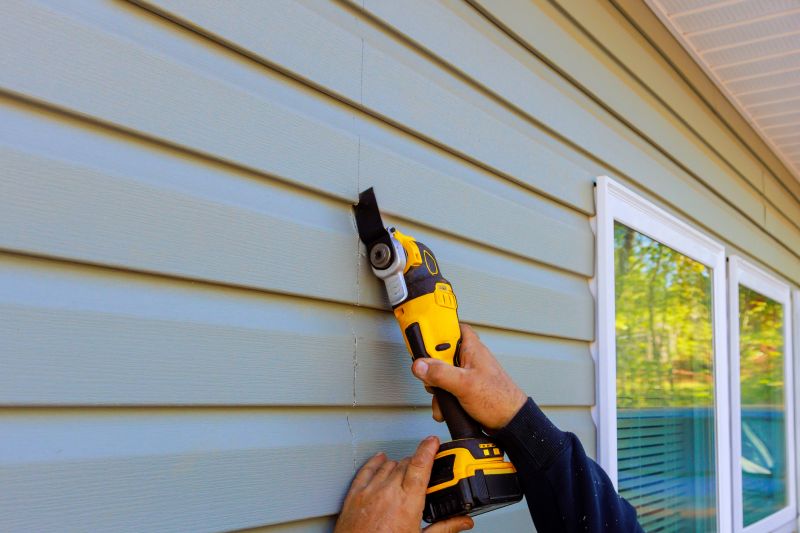
Simple add-ons that improve Siding Service without blowing the budget.
| Season | Best Practice |
|---|---|
| Spring | Ideal for new installations and repairs due to mild weather. |
| Summer | Suitable for maintenance; avoid peak heat hours. |
| Fall | Great for upgrades and preparing for winter. |
| Winter | Generally discouraged; delays and weather risks. |
Siding service is a crucial aspect of maintaining and enhancing the exterior of a building. Proper siding protects against weather elements, improves energy efficiency, and enhances curb appeal. Different siding materials, including vinyl, fiber cement, and wood, require specific installation conditions to ensure longevity. Regular inspections and timely repairs can prevent costly damage and extend the lifespan of siding systems.
Statistics indicate that siding replacement can increase property value and reduce energy costs. Properly installed siding can also provide better insulation, leading to improved indoor comfort. Planning siding projects during suitable seasons can lead to better results and longer-lasting performance.
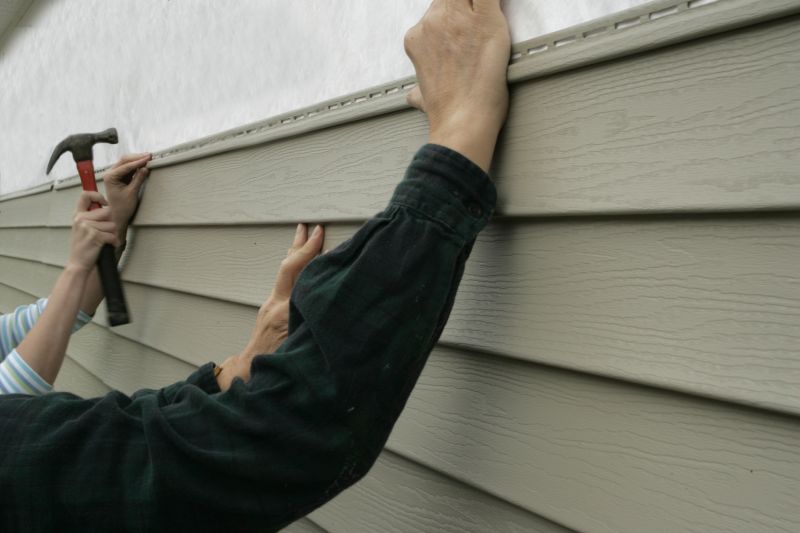
Professional installation ensures durability and aesthetic appeal.
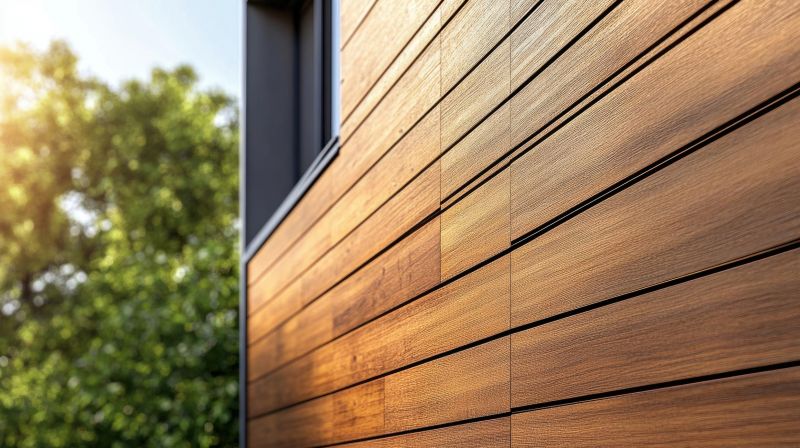
Various materials offer different benefits and appearances.

Enhance curb appeal with quality siding upgrades.
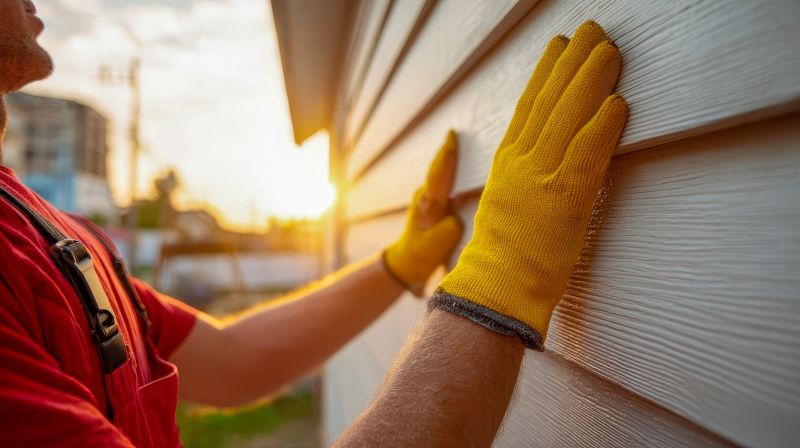
Regular checks help maintain siding integrity over time.
Installation duration varies based on project size and material type, generally ranging from a few days to a week.
While possible, winter installation is not recommended due to weather constraints and material performance issues.
Weather conditions, material type, and project scope are key factors in determining the optimal timing.
Extreme weather conditions during certain seasons can impact siding longevity and installation quality.

